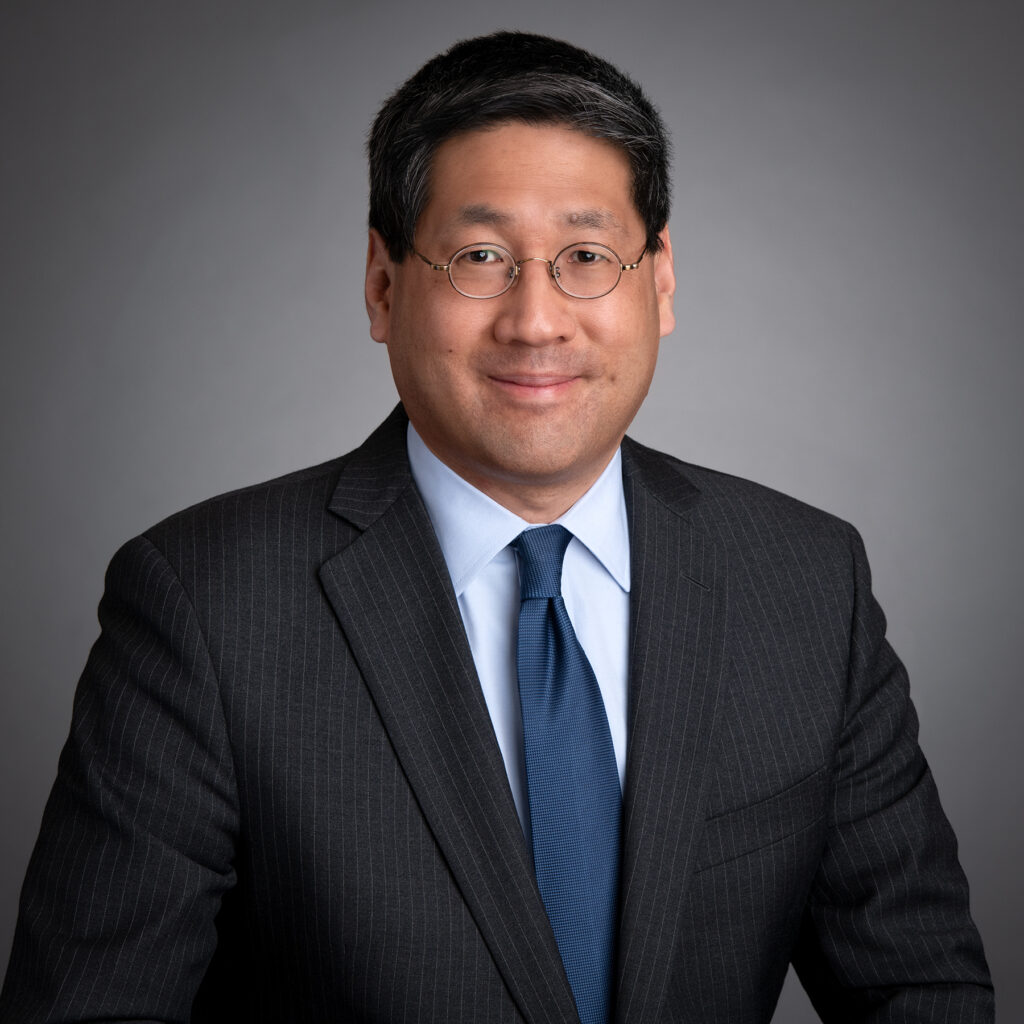SEC chair Gary Gensler defended the agency’s controversial swing pricing rule proposal in his first public remarks since the rule’s February comment period, which saw a historic level of opposition to the proposal, including from an unprecedented 33 fund boards.
Speaking at the Investment Company Institute’s annual leadership conference on May 25, Gensler appeared by livestream to a ballroom full of conference attendees eager to hear him address the avalanche of industry criticisms. He first read a set of prepared remarks defending the SEC’s proposal to make swing pricing mandatory, change the way assets can be classified and impose a 4 p.m. ET hard close nationwide as a way to make the industry more stable and resilient.
During a brief Q&A afterward, ICI president Eric Pan asked Gensler to respond to widespread objections that the SEC had failed to provide adequate evidence of a need for the rule’s massive overhaul of the mutual fund market. Pan pointed to ICI data indicating that dilution among open-end funds during the economic turmoil of March 2020 had not been a widespread problem, as the SEC had suggested when proposing the rule last November.
Gensler responded by citing successful interventions in money-market funds during the 2008 financial crisis and urgent requests from unnamed asset managers for similar support in March 2020.

“I’m not going to name any names, but you in the industry who called the SEC and other agencies know who you are,” Gensler said.
It was a line that Gensler repeated several times throughout the conversation, especially when pressed for evidence of the structural issues that the proposal would purportedly remedy.
“It seems to me,” Pan said at one point, ” that if you are going to base policy on that connection [to the risk of dilution], the key empirical question is what quantity of dilution you really have to worry about.”
“I would ask your members who were making those phone calls in 2020 why they made those calls,” Gensler replied.
Pan continued to press Gensler for performance data, rather than signs of panic, to help justify solutions as drastic as the swing-pricing rule.
“Our calculations indicate that dilution has only been in the tens or hundreds of basis points in size, [even during March of 2020], which seems much too small to have much of a knock-on effect,” Pan said.
“And again, you’d probably have to have some of them look in the mirror and ask why they are calling the SEC and asking for bailout support,” Gensler replied.

Furthermore, market data from March 2020 will not be able to depict the full threat that existed, because emergency regulatory intervention at the time successfully scared off the “bear” of dilution and illiquidity, he added.
“I think we’re talking about the signaling effect when the Federal Reserve announced they were going to be buying corporate-bond ETFs and supporting the municipal bond market and the effect of those announcements,” Gensler said. “So, if you come in with [trucks from] the fire department, the bear might have run in another direction.”
Gensler also pointed to previous financial crises as evidence that the SEC has acted in the past to make investment markets more resilient – though his examples focused primarily on money-market funds rather than mutual funds, whose reach is much broader among retail investors.
The 2008 crisis and the Fed’s need to step in to support money-market funds prompted creation of a new set of liquidity management rules the SEC passed in 2010 and 2014, but didn’t prevent calls from panicky asset-management executives worried about the “dash for cash” in March 2020, Gensler said.
The SEC has a responsibility to make sure investment funds are priced appropriately for shareholders purchasing or redeeming shares and that there are protections in place to prevent dilution when times of stress cause a run on the fund, Gensler said.
That kind of stress, rapid, large-scale redemption and fear of dilution “can cause market participants to call for the fire department” for help in a crisis, even though the Federal Reserve is set up to be the lender of last resort mainly to banks, not investment funds, Gensler said.
Industry opposition continues
Gensler gave little indication that the SEC is considering major changes in the face of intense opposition from industry experts who insist the proposal’s primary requirements could derail the mutual-fund business while working against the interests of both investment companies and shareholders.

“Chair Gensler clearly has an agenda, and he feels strongly about that agenda, particularly as, in his view, it relates to financial stability issues. We saw that very clearly this morning,” Thomas Kim, president of the Independent Directors Council (IDC), said during a discussion immediately after Gensler’s presentation. “From our perspective the nature of the proposal is highly problematic, and we still have very serious concerns about what the goals are.”
More than 3,000 comment letters were filed in response to the swing-pricing rule proposed in November, including letters of objection from 33 fund boards – an unprecedented response from a group that rarely comments on SEC rule proposals.
The swing-pricing and hard-close requirements alone would disadvantage tens of millions of consumers who invest through intermediaries and create enough confusion to push many away from highly regulated funds and toward collective investment trusts (CITs) or other less-well-regulated, presumably more risky investment options than they have now, according to a Feb. 14 IDC citing the the objections of fund boards. The letter cited research showing that 93% of households that invest in mutual funds do so through intermediaries, which would put 64 million investors at risk if the rule were finalized in its current form.
Confusion over the new rules, delayed NAV reporting, shorter trading day and other requirements could leave shareholders frustrated with mutual funds – specifically designed with stringent regulations and independent directors to provide oversight – to protect their interests, Kim said.
Retail investors with little interest in untangling new rules and the reasons behind them are very likely, in the opinion of ICI and IDC analysts, to shift en masse to CITs or other forms of investment that may be easier to understand but provide far fewer protections for shareholders, Kim said.
It was good to hear Gensler suggest during his talk that CITs should be more regulated, but that was only a hint at potential future actions, not any real reassurance that CITs would have to abide by the same standards as mutual funds, according to Brian Gallagher, independent director at Columbia Funds.
“If there’s no actual written joint rule, there’s no comfort, ” Gallagher said.
Trustees: Little hope from “defensive” Gensler
Trustees at the conference hoping to hear that the SEC is taking industry objections to heart and is likely to make big changes to the swing-pricing rule proposal found little reason for hope from the tone of the conversation, which Gallagher called “antagonistic.”
“I didn’t expect him to change his position much and I think that’s what we got,” agreed another fund trustee, who asked to remain anonymous.
Some in the audience scoffed at Gensler’s use of reputed phone calls as a substitute for empirical data in demonstrating the crisis in the market during March 2020.
“He’s using that — even though we can’t find anyone to verify it — as a piece to justify some of the regulation,” said the anonymous board trustee said.
“If he could somehow quantify how many people were calling, that certainly would help give a better impression,” Gallagher said. “If it was a hundred people that‘s different than if it was one person.”
The most disappointing part of the talk according to Mary Callahan Erdoes, CEO, JPMorgan Asset Management, who spoke during a session immediately following Gensler’s, was his suggestion that the fund industry and the SEC “have different constituents” – suggesting that industry objections are based on a concern for profits rather than the well-being of fund shareholders.
“No, we don’t have different constituents,” Erdoes said. “We work for the actual firemen.”
“Each of us wakes up every day – and actually shows up, live – to work for millions of [investors],” she said. “That’s why we do what we do. That’s why we have the best asset-management industry in the world, by a large measure.”
During a speech at ICI’s Investment Management Conference in March, SEC Commissioner Mark Uyeda criticized the rule as one of several the SEC proposed based on unproven academic theories and a tendency to ignore evidence that contradicts negative assumptions about the industry.
“The evidence that U.S. mutual funds as a whole were unable to meet their liquidity needs or that they transmitted systemic risk through interconnections in the financial system in March 2020 is questionable…and its staff already had the tools to take emergency action, such as interfund lending and short-term funding, but they were not used.”
It’s too early to know how seriously the SEC is taking comments and analysis opposing the rule, but the ICI and IDC will continue joining industry players in articulating the industry’s objections to this and other problematic regulations, Pan and Kim said during the conference.
“It’s too early to say what we should prepare for, but I think the comment process has very clearly identified the flaws in the proposal,” Kim said. “We would hope that, if the proposal does move forward, that the SEC takes into account those concerns.”
